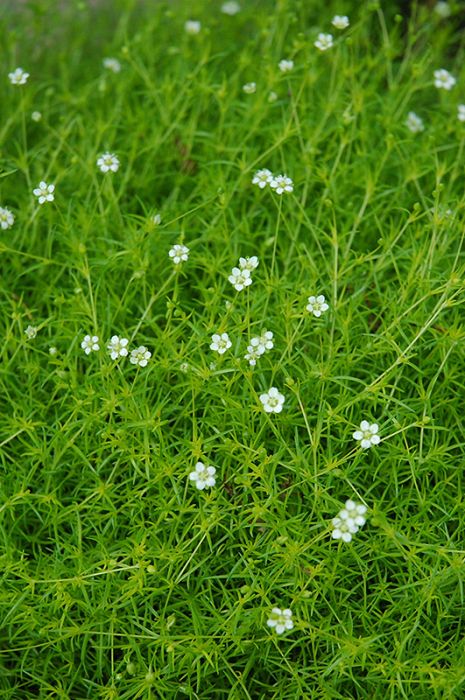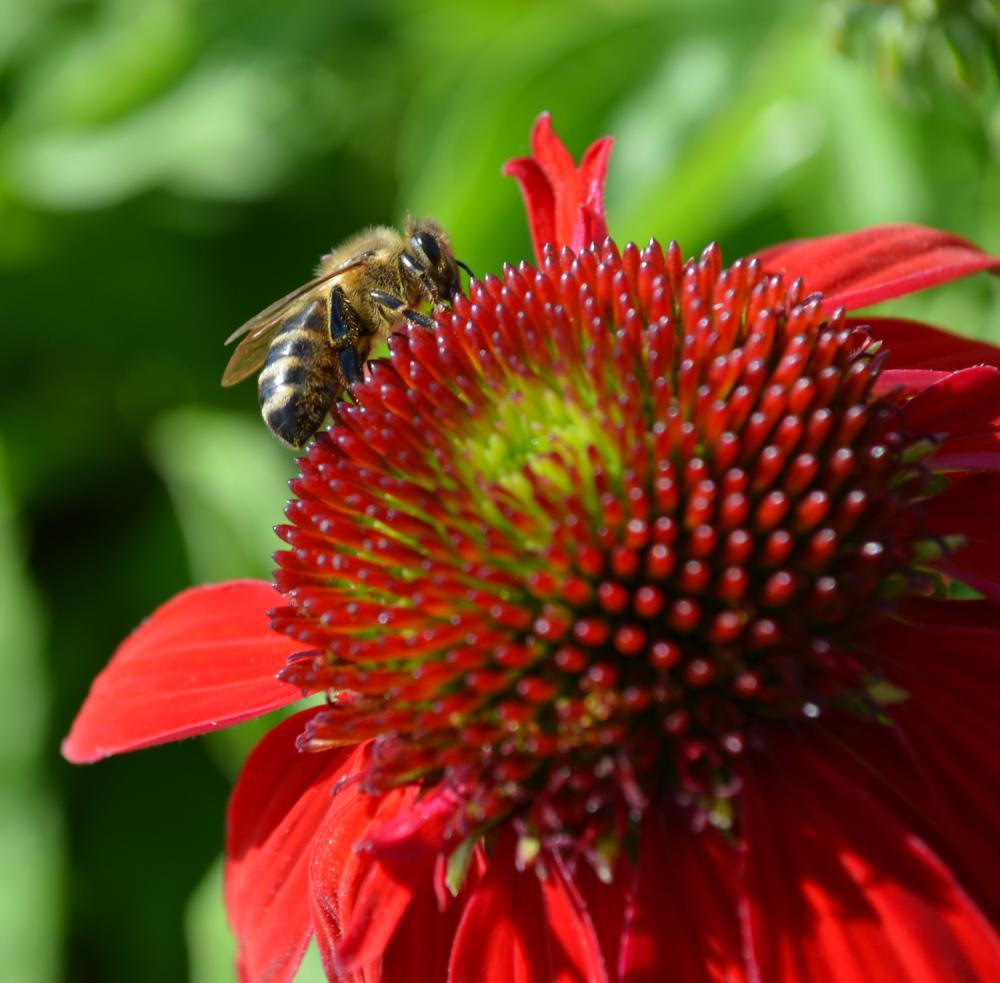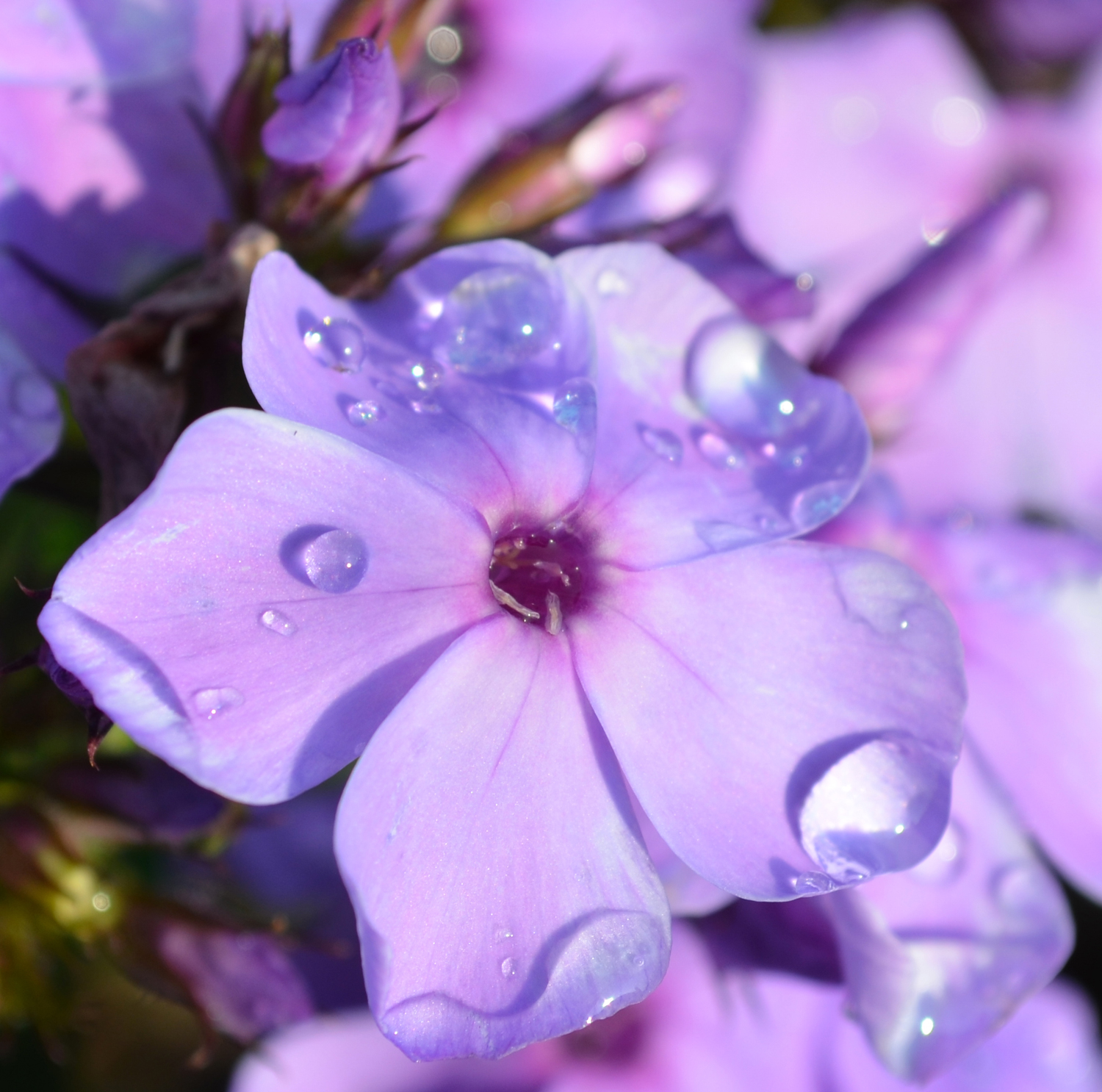Sagina, Pearlwort 'Scotch Moss'



- Sun Preference
- Part-Sun, No-Sun
- Bloom Time
- June, July
Description
Moss-like yellow to chartreuse foliage produces delicate white flowers in late spring. Use between pavers or under taller plants as a diminutive ground cover.
Minnesota's Largest Selection of Perennials
Discover an unparalleled selection of perennials at Gertens! With the largest variety in Minnesota, we offer endless options of colorful perennials, natives, and pollinator plants to beautify your garden year after year. From vibrant flowers to lush foliage, our perennials are perfect for adding beauty and charm to your outdoor space. Visit Gertens today and see why we're known as Minnesota's Destination Garden Center!
Details
Scotch Moss | Sagina subulata 'Aurea'
Height: 2 inches
Spread: 10 inches
Sunlight: full sun to partial shade
Hardiness Zone: 4a
Brand: Gertens
Description:
Dense fast growing and spreading ground cover that resembles golden moss. Tiny starry white flowers appear in midsummer. Plant in full sun and well drained soils
Ornamental Features
Scotch Moss's attractive tiny needle-like leaves emerge gold in spring, turning lime green in color the rest of the year on a plant with a spreading habit of growth. It features tiny white star-shaped flowers at the ends of the stems from mid spring to mid summer.
Landscape Attributes
Scotch Moss is an herbaceous evergreen perennial with a ground-hugging habit of growth. It brings an extremely fine and delicate texture to the garden composition and should be used to full effect.
This is a relatively low maintenance plant, and usually looks its best without pruning, although it will tolerate pruning. Gardeners should be aware of the following characteristic(s) that may warrant special consideration;
- Spreading
Scotch Moss is recommended for the following landscape applications;
- Rock/Alpine Gardens
- Border Edging
- General Garden Use
- Groundcover
Planting & Growing
Scotch Moss will grow to be only 2 inches tall at maturity, with a spread of 10 inches. Its foliage tends to remain low and dense right to the ground. It grows at a medium rate, and under ideal conditions can be expected to live for approximately 10 years. As an evegreen perennial, this plant will typically keep its form and foliage year-round.
This plant does best in full sun to partial shade. It does best in average to evenly moist conditions, but will not tolerate standing water. It is not particular as to soil type or pH. It is highly tolerant of urban pollution and will even thrive in inner city environments. Consider covering it with a thick layer of mulch in winter to protect it in exposed locations or colder microclimates. This is a selected variety of a species not originally from North America. It can be propagated by division; however, as a cultivated variety, be aware that it may be subject to certain restrictions or prohibitions on propagation.
More Information
| Common Family Name | Pearlwort |
|---|---|
| Gerten Grown Plants | Gerten Grown Plants |
| Sun Preference | Part-Sun, No-Sun |
| Bloom Time | June, July |
| Mature Spread (Range) | Under 12" |
| Mature Height (Range) | 7-12" |
| USDA Hardiness Zone | 4, 5, 6, 7, 8, 9 |


